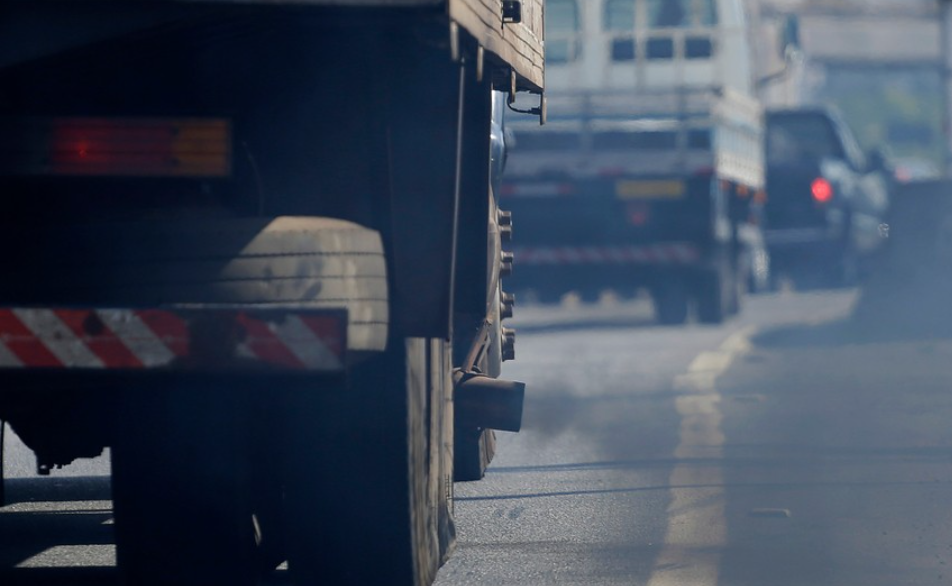Technological Advances in Reducing Heavy-Duty Vehicle Emissions
In recent years, the push for environmental sustainability has spotlighted the transportation sector, particularly heavy-duty vehicles, among the largest contributors to air pollution. At ETRH, we understand these vehicles' critical role in the economy and environmental health.
That's why staying updated of technological advances in reducing heavy-duty vehicle emissions is a regulatory necessity and a commitment to future generations.
Embracing the Drive Clean Test Program
In Ontario, where heavy-duty diesel vehicles in the Greater Toronto Area play a significant role in commerce, the provincial government has mandated that these vehicles be E-Tested before they are licensed for road use.
The Drive Clean test, a program designed to enhance air quality and reduce emissions, is a part of Ontario vehicle inspection protocols. This initiative underscores the importance of maintaining vehicles not just for operational efficiency but also for environmental responsibility.
Advanced Technologies Leading the Way
The transportation industry has seen remarkable technological advancements to reduce heavy-duty truck emissions. These innovations are pivotal in meeting the provincial requirements and making strides towards eco-friendly practices. Here are some of the most influential technologies:
-
Selective Catalytic Reduction (SCR):
This technology uses a urea-based solution (Diesel Exhaust Fluid, or DEF), which converts nitrogen oxides into harmless nitrogen and water when injected into the exhaust stream. This system effectively reduces one of the most harmful pollutants emitted by diesel engines.
-
Advanced Engine Tuning:
Modern heavy-duty vehicles have electronic control modules (ECMs) that can be tuned to optimize engine performance and minimize emissions. Tuning these ECMs can result in cleaner combustion, directly reducing exhaust emissions.
-
Diesel Particulate Filters (DPFs):
These devices capture particulate matter from the exhaust, preventing harmful soot from being released into the atmosphere. Regenerative technology allows these filters to periodically clear themselves by burning off accumulated particulate matter, maintaining efficiency and emission control.
-
Alternative Fuels:
Emissions have been greatly decreased by the switch to alternative fuels like biodiesel, liquefied natural gas (LNG), and compressed natural gas (CNG). These fuels burn cleaner than traditional diesel and are becoming more accessible as fuel infrastructure develops.
-
Hybrid and Electric Drivetrains:
Although still emerging for heavy-duty applications, hybrid and fully electric drivetrains significantly reduce emissions. With developments in energy management systems and battery technology, these vehicles are beginning to make a substantial impact, particularly in urban settings where stop-and-go driving is common.
The Importance of Compliance and Health
ETRH is committed to ensuring that our fleet meets and exceeds the emission standards set by the provincial government. The pollutants from unchecked vehicle emissions pose a serious environmental and human health risk, potentially causing long-term damage to both.
Our dedication goes beyond compliance; it extends to protecting the health of our employees who operate these vehicles daily and the communities where we operate.
Unchecked heavy-duty vehicle emissions can harm your employees and ultimately result in irreversible effects on their health. That’s why, at ETRH, ensuring our vehicles are as clean as possible isn't just a regulatory goal—it's a top priority.
Book your Slot Now!
As pollution becomes an ever more pressing global issue, the role of technological innovation in reducing emissions from heavy-duty vehicles becomes increasingly crucial. At ETRH, we pledge to continue embracing these advancements, integrating cutting-edge technologies into our fleet, and establishing a benchmark for environmental stewardship in the transportation sector.
The intersection of technology and proactive policy is where we see the most effective results in reducing heavy-duty truck emissions. As a leader in the industry, ETRH is at the forefront of this transformative journey, driving change that benefits both our planet and the people who call it home.

Comments